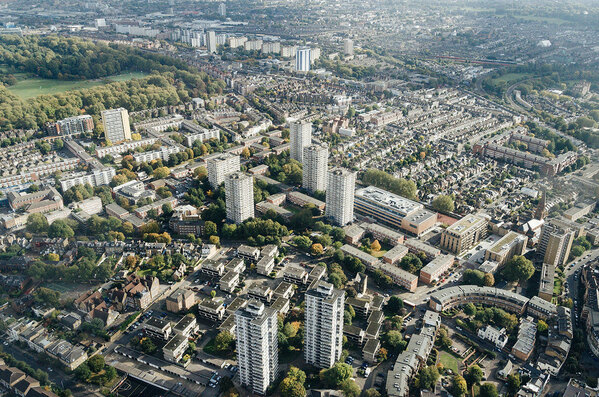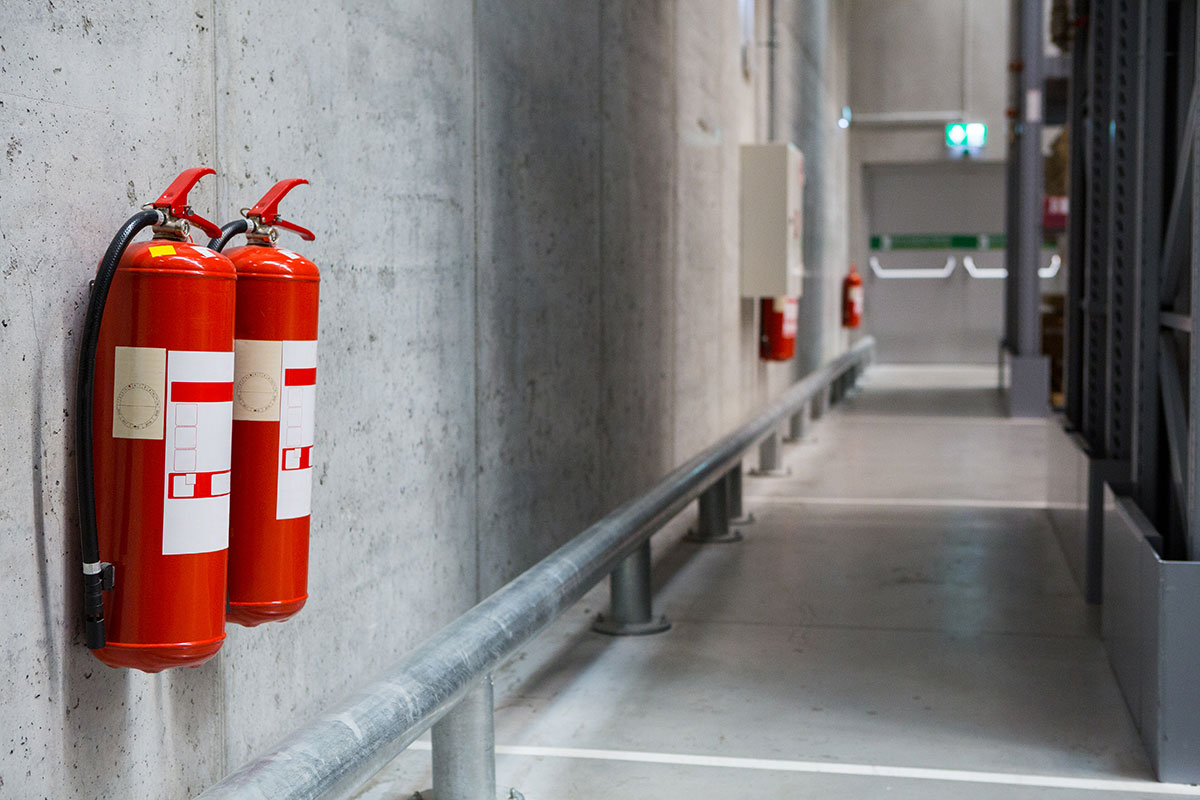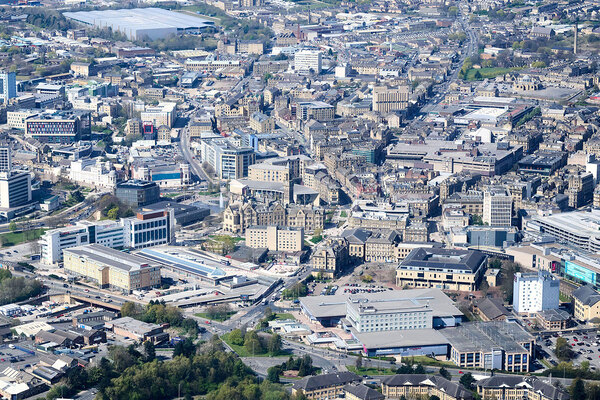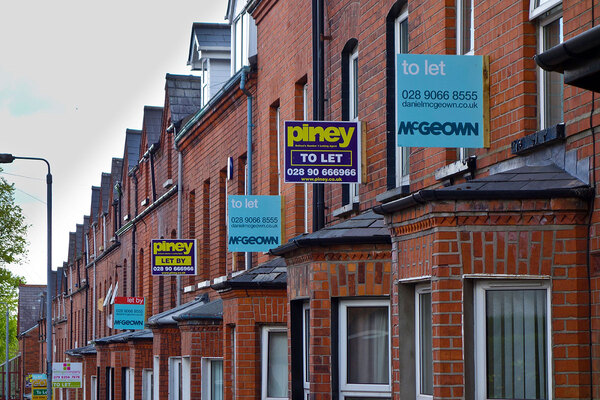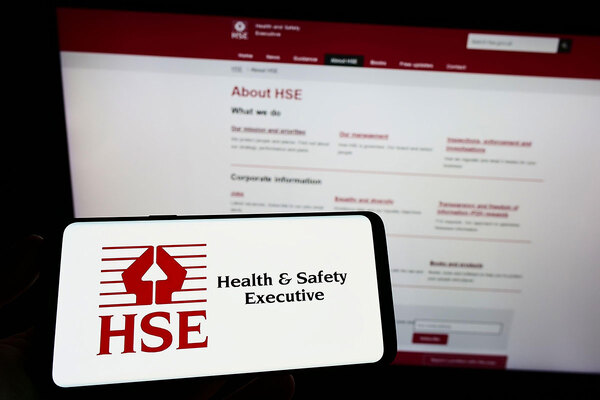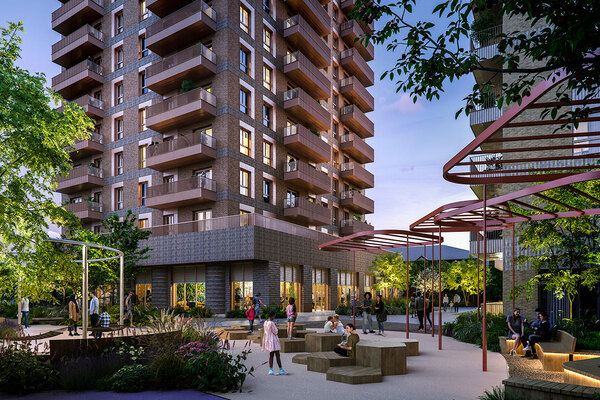New guidance published for developers of higher-risk buildings
The Building Safety Regulator (BSR) has published new guidance for developers of higher-risk buildings.
The new guidance, published by the BSR on 27 March, explains who must apply for building control approval and when to get approval from the regulator.
Clients must make sure building control approval is granted before any building work starts. Building control approval must be secured before building work starts on an existing higher-risk building, work on a building that makes it a higher-risk building, or work on a higher-risk building that stops it being a higher-risk building.
Higher-risk buildings have at least seven storeys or are at least 18 metres high. They must also have two residential units or be a hospital or care home.
A higher-risk building must be registered with the BSR before people live there.
For complex projects that involve buildings with multiple connected parts, clients may apply for a staged application. This allows the project to progress in separate stages.
Unless an extension is agreed, the BSR will take up to 12 weeks to assess applications for new higher-risk buildings, and eight weeks for existing higher-risk buildings.
The time it takes the BSR to assess an application will depend on the “quality of the application and the complexity of the work”.
Applications are then approved, approved with requirements (such as supplying additional information or revised plans), or rejected if they do not have enough detail to show compliance.
Clients who disagree with an application decision can request a review. If, after the review, they still disagree with the decision, they can appeal to a First-tier Tribunal.
If the building work has not reached a certain point within three years, a client will lose approval for the work.
During the building project, clients must submit a notice of intention to start work, a notice of commencement and notifications of building work reaching specified points.
Clients must tell the BSR about any major changes to the project, or changes of client, principal designer or principal contractor. Building work must stop on that part of the project until the BSR gives approval for the change.
When building work is completed, the BSR will issue a completion certificate if it is satisfied the work meets all relevant building regulations.
The guidance also addresses emergency repairs, which are defined as building work carried out to manage an urgent risk to the health, safety or welfare of people in or about the building.
An emergency repair may be needed when the urgent risk cannot be avoided or managed with temporary management arrangements, or when the risk occurs during planned building work and it would not have been reasonable to expect, detect or avoid it.
An emergency repair can be carried out promptly to address an urgent risk. However, any other building work needed to address the problem should be submitted in a building control approval application.
Emergency repairs should not be carried out to fix problems that have occurred due to a lack of foresight or planning by the client or a contractor.
Clients do not need to apply for building control approval before carrying out an emergency repair. However, they must notify the BSR about the emergency repair and apply for a regularisation certificate as soon as possible after the work is completed.
Sign up for our fire safety newsletter
Already have an account? Click here to manage your newsletters



